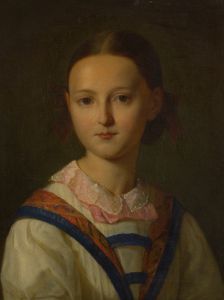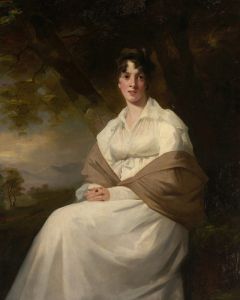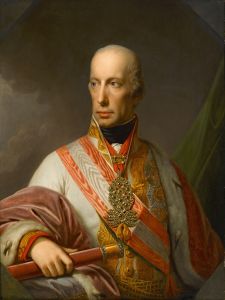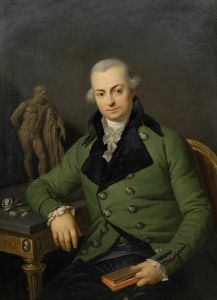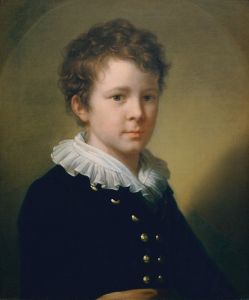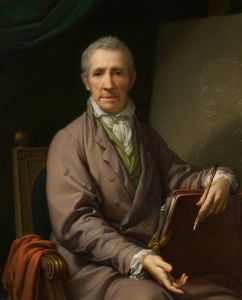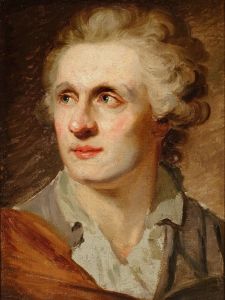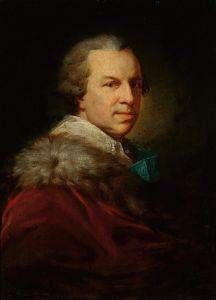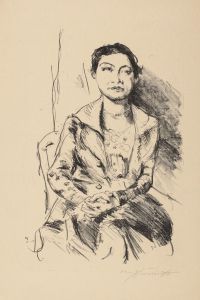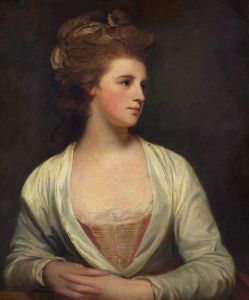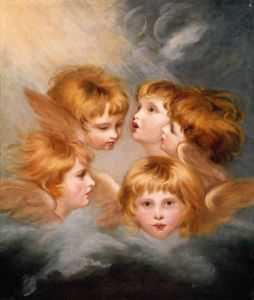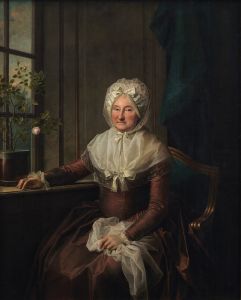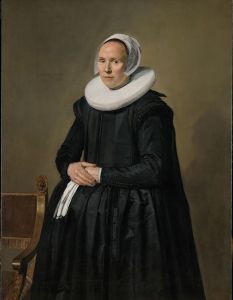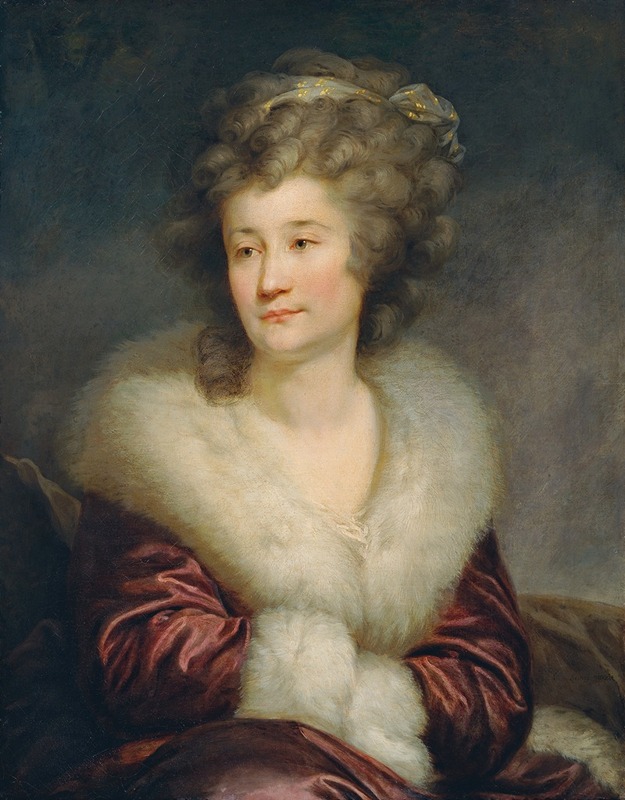
Gräfin Nicolai, geb. Potocka
A hand-painted replica of Johann Baptist von Lampi the Elder’s masterpiece Gräfin Nicolai, geb. Potocka, meticulously crafted by professional artists to capture the true essence of the original. Each piece is created with museum-quality canvas and rare mineral pigments, carefully painted by experienced artists with delicate brushstrokes and rich, layered colors to perfectly recreate the texture of the original artwork. Unlike machine-printed reproductions, this hand-painted version brings the painting to life, infused with the artist’s emotions and skill in every stroke. Whether for personal collection or home decoration, it instantly elevates the artistic atmosphere of any space.
Johann Baptist von Lampi the Elder was an Austrian portrait painter renowned for his work during the late 18th and early 19th centuries. Among his notable works is the portrait titled "Gräfin Nicolai, geb. Potocka." This painting exemplifies Lampi's skill in capturing the elegance and nobility of his subjects, a hallmark of his artistic career.
Johann Baptist von Lampi the Elder was born in 1751 in Romeno, in the County of Tyrol, which was then part of the Habsburg Monarchy. He studied art in Salzburg and later in Verona, where he honed his skills in portrait painting. Lampi's reputation grew, and he became a sought-after portraitist, eventually moving to Vienna, where he gained the patronage of the Habsburg court. His success in Vienna led to invitations to other European courts, including those in Poland and Russia.
The subject of the painting, Gräfin Nicolai, geb. Potocka, was a member of the Polish nobility. The Potocki family was one of the most influential and wealthy noble families in Poland, with significant political and social influence. The title "Gräfin" indicates her status as a countess, a rank of nobility. The use of "geb." is an abbreviation for "geborene," meaning "née" in English, indicating her maiden name was Potocka before marriage.
Lampi's portrait of Gräfin Nicolai is characterized by its attention to detail and the luxurious depiction of fabrics and textures, which was typical of his style. He was known for his ability to convey the personality and status of his sitters through his use of color, light, and composition. The painting likely features the countess in an elegant pose, adorned in the fashion of the time, reflecting her noble status and the wealth of her family.
Lampi's work is often associated with the Rococo and Neoclassical styles, which were prevalent during his lifetime. His portraits are noted for their graceful and refined aesthetic, capturing the sophistication of the European aristocracy. The portrait of Gräfin Nicolai would have been no exception, showcasing the artist's skill in rendering the delicate features and opulent attire of his subject.
Throughout his career, Lampi painted numerous members of the European nobility and royalty, including Empress Catherine the Great of Russia and Emperor Francis II of Austria. His ability to capture the likeness and essence of his subjects made him one of the most prominent portrait painters of his time.
The legacy of Johann Baptist von Lampi the Elder is preserved through his extensive body of work, which continues to be celebrated for its artistic merit and historical significance. His portraits offer a glimpse into the lives of the European elite during a period of significant cultural and political change. The painting of Gräfin Nicolai, geb. Potocka, remains a testament to Lampi's talent and his contribution to the art of portraiture.





